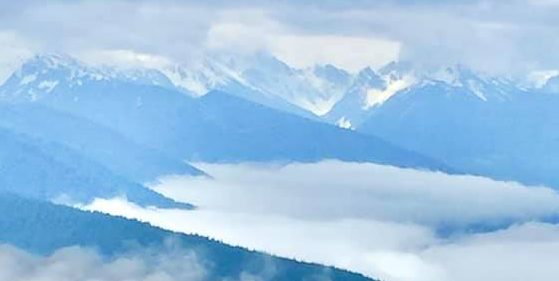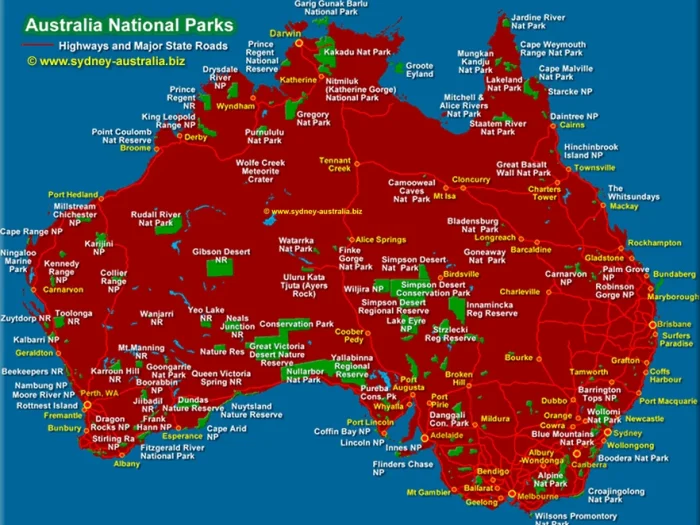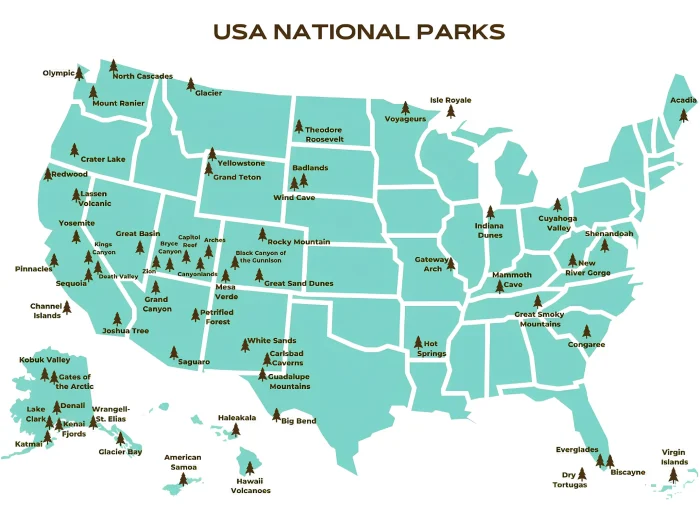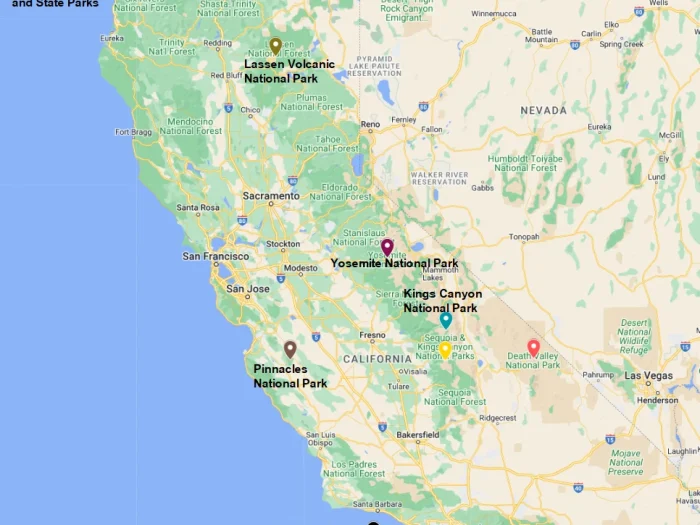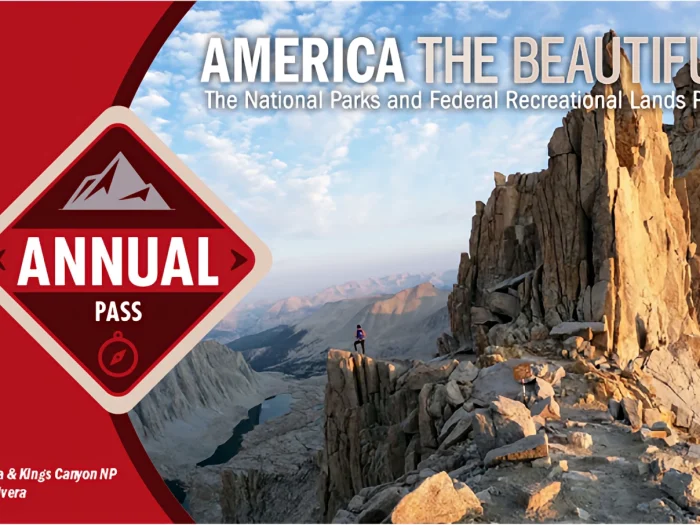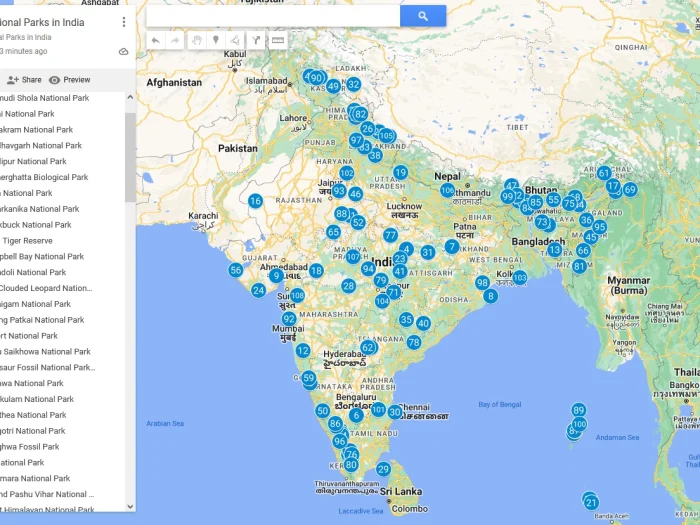Best Things to Do in Sequoia National Park: A Complete Visitor’s Guide
Nestled in California’s Sierra Nevada mountains, Sequoia National Park is a breathtaking destination filled with towering redwoods, rugged peaks, and pristine wilderness. Home to the world’s largest trees and awe-inspiring landscapes, it’s a must-visit for outdoor enthusiasts, photographers, and nature lovers alike. Whether you’re planning a weekend escape or an extended adventure, here are the best things to do in Sequoia National Park.
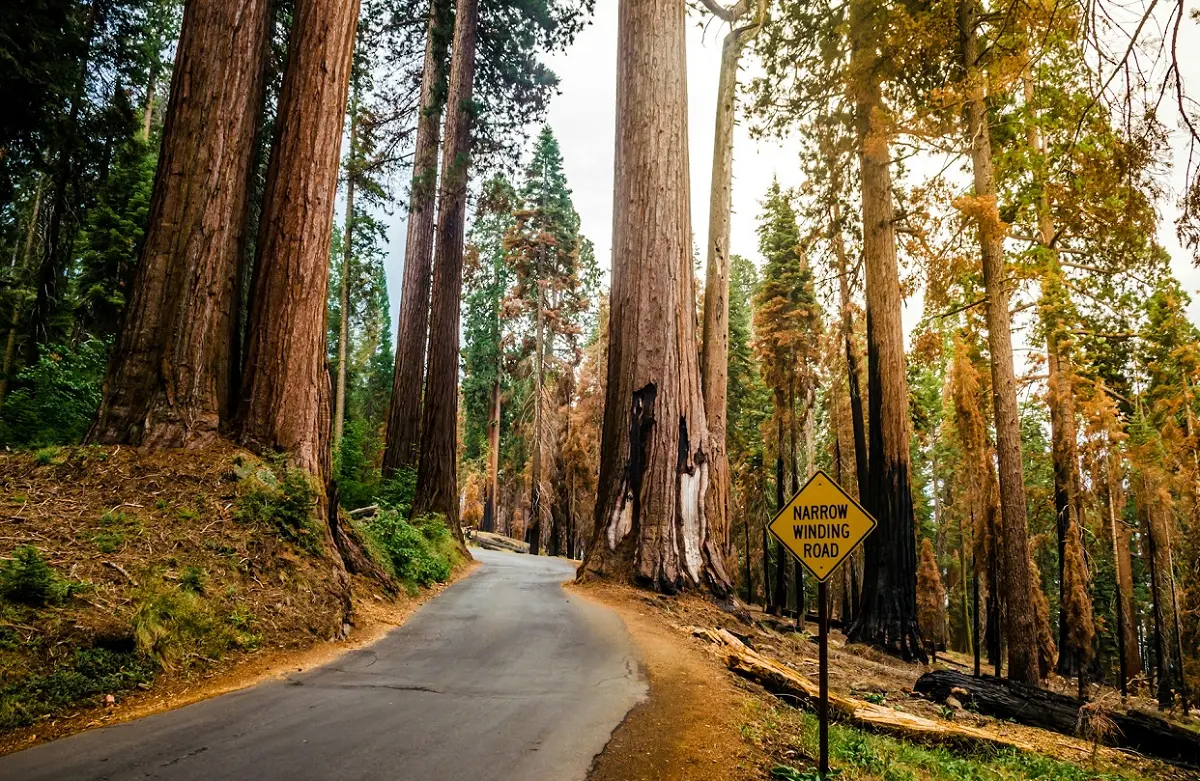
1. Stand Beneath the Giant Forest
The heart of Sequoia National Park is the Giant Forest, where some of the largest trees on Earth reach toward the sky. The most famous resident here is the General Sherman Tree, the world’s largest tree by volume. Standing at 275 feet tall and more than 36 feet in diameter, it’s a humbling sight that captures the park’s ancient spirit.
Tip: Visit early in the morning or near sunset to avoid crowds and catch the magical golden light filtering through the forest.
2. Hike to Moro Rock for Panoramic Views
For one of the most iconic viewpoints in the park, climb the Moro Rock Trail. This short but steep granite staircase leads you 300 feet up to a summit overlooking the Great Western Divide, offering breathtaking views of the Sierra Nevada peaks.
Tip: The climb can be strenuous, but the 360° views at the top are worth every step. Sunrise or sunset hikes offer the most dramatic colors.
3. Explore the Crystal Cave
Beneath the surface of Sequoia lies a hidden wonder — the Crystal Cave, a marble cavern filled with shimmering stalactites and stalagmites. Guided tours take you through its winding passages, showcasing the park’s geological beauty from a whole new perspective.
Note: The cave is usually open from late spring through fall, and tickets must be purchased in advance.
4. Drive the Generals Highway
The scenic Generals Highway connects Sequoia and Kings Canyon National Parks, winding through dense forests and mountain vistas. Along the way, you can stop at viewpoints, picnic areas, and several trailheads.
Don’t Miss: The Tunnel Log, a fallen giant sequoia with a car-sized tunnel carved through it — a perfect photo stop!
5. Discover Crescent Meadow
Called the “Gem of the Sierra,” Crescent Meadow is a lush clearing surrounded by towering sequoias. It’s a great spot for picnicking, wildlife watching, or leisurely walks. You might even spot black bears, deer, or marmots roaming nearby.
Tip: Take the loop trail to Tharp’s Log, a historic cabin built inside a fallen sequoia by early pioneer Hale Tharp.
6. Marvel at the Stars in the Night Sky
With minimal light pollution, Sequoia National Park is an International Dark Sky Park, making it one of the best places in California for stargazing. On clear nights, the Milky Way stretches across the sky, and shooting stars light up the darkness.
Best Spots: Moro Rock, Beetle Rock, and the Foothills area offer excellent vantage points for celestial viewing.
7. Enjoy Scenic Hikes
Sequoia offers miles of trails for every skill level — from gentle forest walks to strenuous alpine climbs. Some must-try hikes include:
- Congress Trail: A 2-mile loop through the Giant Forest’s most magnificent trees.
- Tokopah Falls Trail: A 3.7-mile round-trip hike leading to a 1,200-foot waterfall.
- Lakes Trail: A challenging 12-mile trek that rewards you with stunning alpine lakes and mountain views.
8. Visit the Giant Forest Museum
Located near the Giant Forest, this small but informative museum provides insight into the park’s natural and cultural history. Learn about the ecology of the sequoias, the early days of conservation, and how these ancient trees thrive.
Tip: It’s an excellent first stop to orient yourself before exploring the park.
9. Explore Kings Canyon National Park
Since Sequoia and Kings Canyon National Park are connected, you can easily visit both on the same trip. Kings Canyon boasts deep glacial valleys, waterfalls, and more giant sequoias — including the General Grant Tree, the world’s second-largest.
10. Relax and Soak in the Serenity
Beyond the famous sights, one of the best things to do in Sequoia National Park is simply to slow down. Listen to the wind through the trees, breathe in the fresh mountain air, and experience the peace that only nature can offer.
Final Tips for Visiting Sequoia National Park
- Best Time to Visit: Late spring through early fall, when most roads and trails are open.
- Entrance Fee: $35 per vehicle (valid for 7 days, includes Kings Canyon).
- Where to Stay: Lodging is available in the park (like Wuksachi Lodge) or nearby towns such as Three Rivers.
- What to Bring: Warm layers, hiking shoes, water, snacks, and a camera — you’ll need them all!
Conclusion
Sequoia National Park is a place of awe, where nature’s grandeur humbles and inspires. From ancient groves and underground caves to panoramic peaks and starry nights, every moment spent here reminds you of the power and beauty of the natural world. Whether it’s your first visit or your fifth, Sequoia never fails to amaze.
Frequently Asked Questions About Sequoia National Park
1. What is Sequoia National Park famous for?
Sequoia National Park is best known for its giant sequoia trees, including the world’s largest tree — the General Sherman Tree. The park also features breathtaking mountain vistas, marble caves, and scenic hiking trails.
2. What are the best things to do in Sequoia National Park?
Top activities include visiting the Giant Forest, hiking Moro Rock, exploring Crystal Cave, driving the Generals Highway, and relaxing at Crescent Meadow. Stargazing and wildlife watching are also popular experiences.
3. How many days should I spend in Sequoia National Park?
A 2–3 day trip is ideal for exploring the main highlights. A one-day visit lets you see top attractions like the Giant Forest and Moro Rock, but staying longer allows time for hikes and scenic drives.
4. When is the best time to visit Sequoia National Park?
The best time to visit is late May through October, when most roads and trails are open and the weather is mild. Winter visits are quieter but may require snow chains or 4WD vehicles.
5. Do you need a reservation to visit Sequoia National Park?
You don’t need a reservation for general park entry. However, you’ll need to book in advance for campgrounds, lodges, and Crystal Cave tours.
6. How do you get to Sequoia National Park?
Most visitors enter through the Ash Mountain Entrance near Three Rivers, California, via Highway 198. You can also reach the park from Kings Canyon National Park via the Generals Highway.
7. Can I visit both Sequoia and Kings Canyon in one trip?
Yes! Sequoia and Kings Canyon are connected parks, and one entrance fee covers both. You can easily explore both parks over a long weekend.
8. How difficult is the Moro Rock hike?
The Moro Rock Trail is short but steep, with 350 stone steps leading to a stunning 360° summit view. It’s a moderate hike suitable for most visitors.
9. Is the General Sherman Tree accessible for wheelchairs or strollers?
Yes, there’s a wheelchair-accessible trail and parking close to the General Sherman Tree, though parts of the path are slightly steep.
10. Are guided tours available in Sequoia National Park?
Yes. Visitors can enjoy ranger-led walks, nature talks, and Crystal Cave tours during the spring and summer seasons.
11. Can I camp in Sequoia National Park?
Yes, the park offers several campgrounds, including Lodgepole, Dorst Creek, and Potwisha. Reservations are recommended during peak season.
12. Is Crystal Cave open all year?
No. Crystal Cave is open from late spring through fall and closes during the winter due to icy conditions. Advance ticket purchase is required.
13. What animals can I see in Sequoia National Park?
Wildlife commonly includes black bears, mule deer, foxes, marmots, and various bird species. Always keep food secured and maintain a safe distance.
14. Can I drive through the Tunnel Log?
Yes! The Tunnel Log is a famous fallen sequoia with a drive-through opening — a classic photo opportunity for visitors.
15. What are the best hiking trails in Sequoia National Park?
Some of the best hikes include the Congress Trail, Tokopah Falls Trail, Lakes Trail, and Big Trees Trail, offering scenic views and varied difficulty levels.
16. Are pets allowed in Sequoia National Park?
Pets are allowed in developed areas, parking lots, and campgrounds, but not on trails or in the wilderness for safety and conservation reasons.
17. Is Sequoia National Park good for stargazing?
Yes! Sequoia is an International Dark Sky Park, making it one of California’s top stargazing destinations. Head to Moro Rock or Beetle Rock for the best night-sky views.
18. What should I pack for Sequoia National Park?
Pack hiking shoes, layers for temperature changes, sun protection, plenty of water, and snacks. If visiting in winter, bring snow gear and chains for your tires.
19. Is it safe to visit Sequoia in winter?
Yes, but you’ll need to prepare for snow and possible road closures. Winter visits offer peaceful scenery, but chains or 4WD may be required.
20. Are there restaurants inside Sequoia National Park?
Yes, you’ll find dining options at Wuksachi Lodge and Lodgepole Village. However, bringing your own food and enjoying a picnic in nature is highly recommended.
